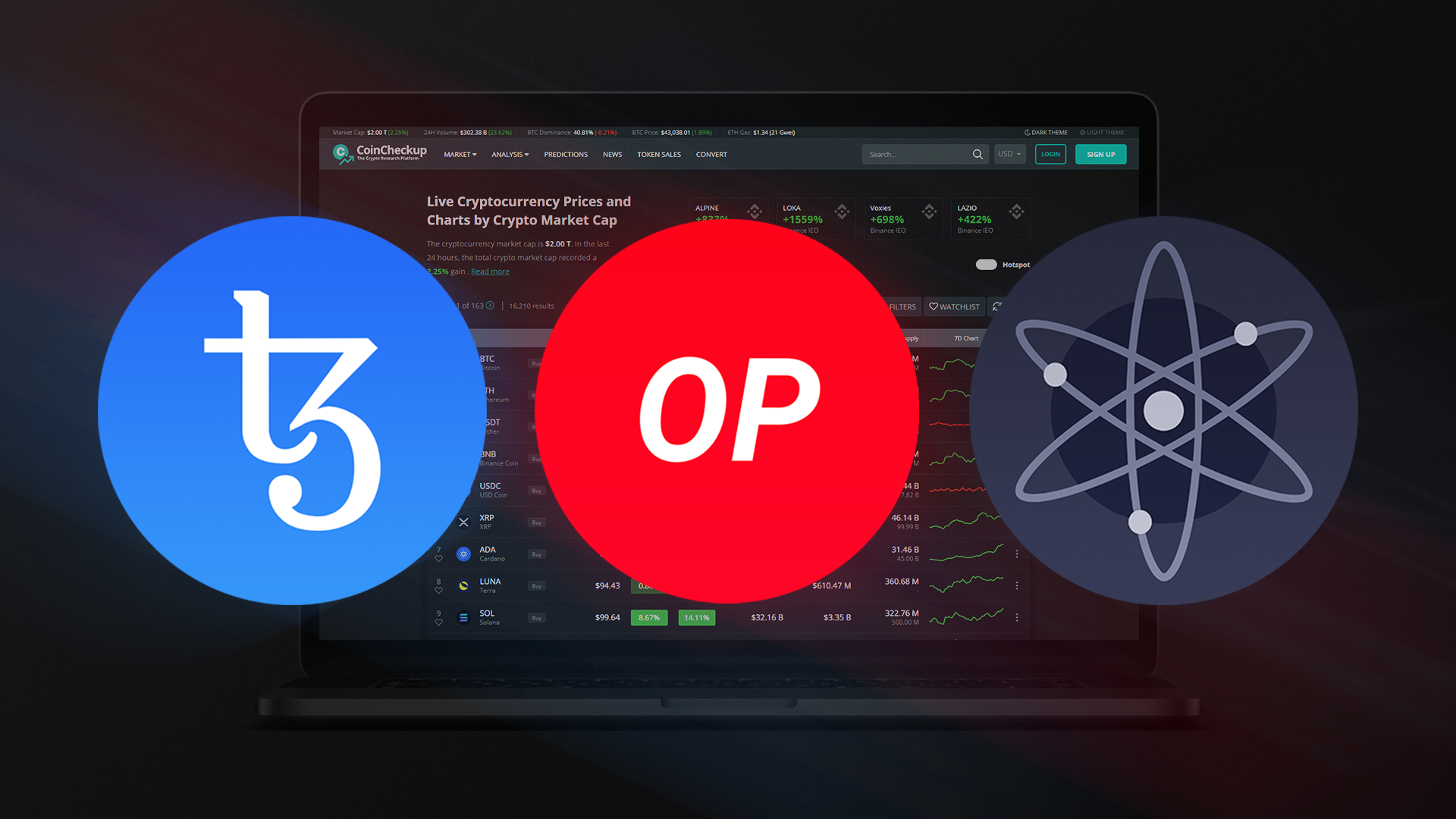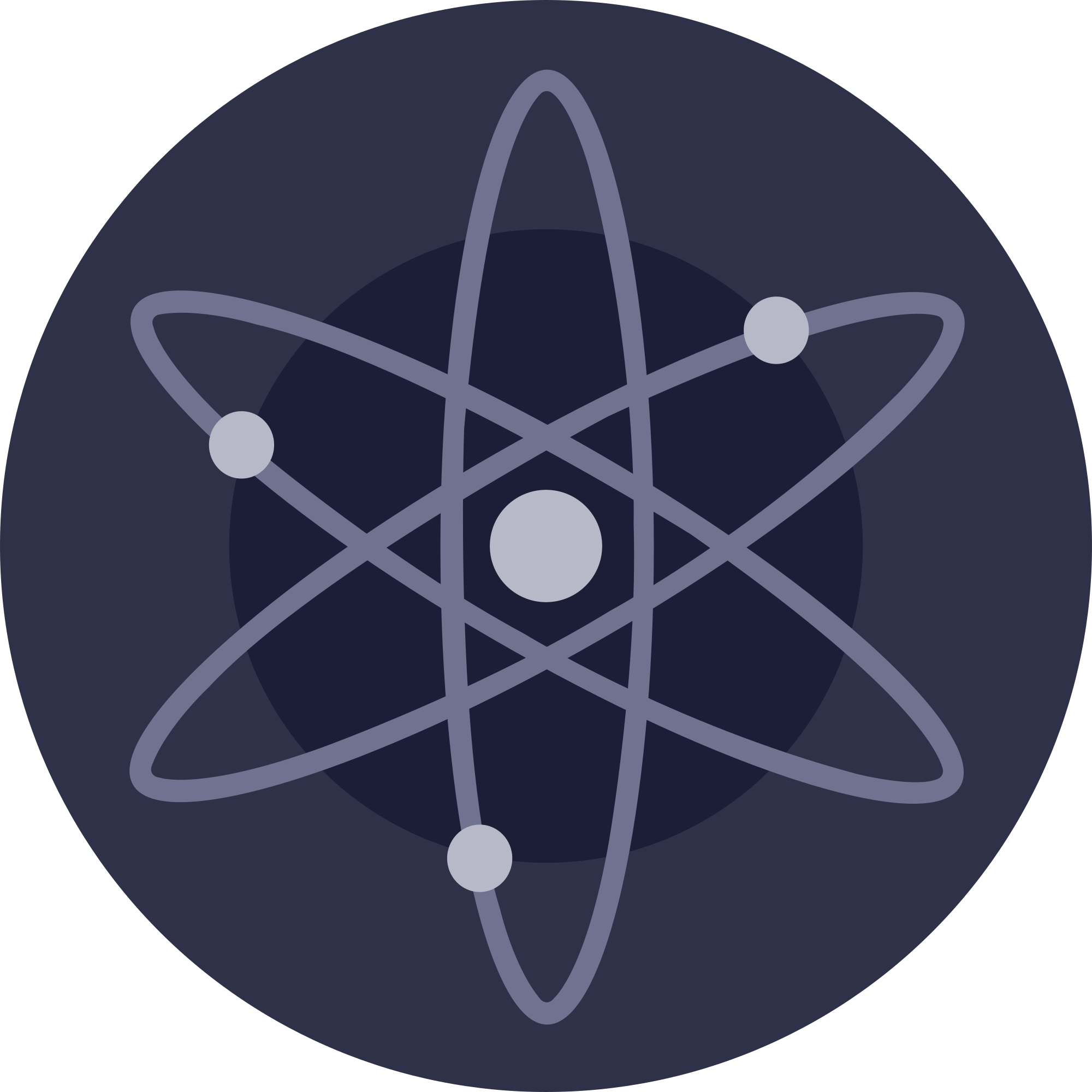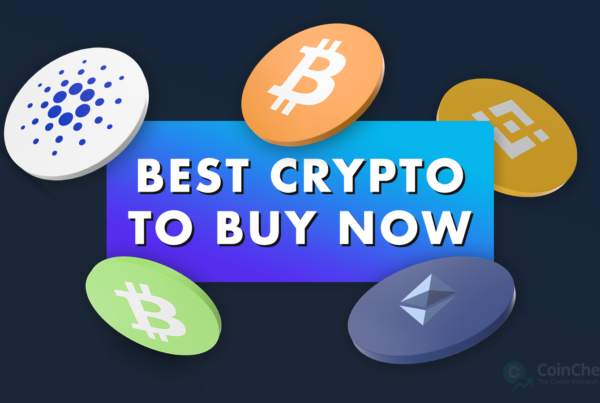
After another week with no bigger moves on the cryptocurrency market, the total cryptocurrency market capitalization stands at $946 billion as we enter Week 40. Bitcoin has been trading below $20,000 for the majority of the week, but the number of coins that remained unmoved in the past 90 days has hit the all-time high. This indicates that there is still a large percentage of strong-hand holders among us. With no foreseeable moves expected in the prices of Top 20 cryptos (except for XRP – which we are still following to see whether and how the SEC lawsuit will end), we have turned to smaller market cap but still reputable coins and tokens for this week’s Top 3 Coins to Watch selection.

3. Tezos (XTZ)
Tezos is a decentralized smart contract and application network that utilizes a modified version of Delegated Proof of Stake consensus. The blockchain launched in September 2018, following an initial coin offering (ICO) that raised $232 million in 2017. XTZ token is the native cryptocurrency of the Tezos platform. Tezos blockchain also features an on-chain governance system allowing holders to take part in the decision-making process. Developers can suggest changes or upgrades to the Tezos protocol, and if their suggestion gets approval from the community, they are rewarded with XTZ tokens after it is successfully implemented. What makes Tezos blockchain stand out among other similar blockchains is its efficient network upgrade process as the protocol allows major upgrades to be implemented without the requirement of a hard fork. This system allows Tezos to adopt new technologies quickly. Tezos also boasts with a burgeoning NFT ecosystem.
Tezos deployed its 11th network upgrade called “Kathmandu”
Somewhat lost in all the news about Ethereum’s Merge and Cardano’s Vasil hard fork Tezos’ upgrade called “Kathmandu” was deployed on September 23. Tezos’ 11th network upgrade brought several improvements to Tezos blockchain including the launch of Smart Contract Optimistic Rollups (SCORUs), improvements to the chain’s randomness generator, better event logging and tweaks to the Tezos’ validation process. In addition, the “Kathmandu” upgrade introduced the support for ‘Ghostnet’, a permanent testnet that upgrades in accord with the mainnet.
Tezos team notes that Kathmandu’s features focus on scaling and are setting up a path to 1 million transactions per second. For comparison, the current maximum capacity of the Tezos network is said to be around 1,000 TPS. However, most of the time the network operates far from its top capability as Tezos conducted around 5.4 million transactions and 1.8 million smart contract calls in September 2022. Considering how jammed Ethereum network gets from time to time, some extra transaction throughput is always a welcome resource.

2. Optimism (OP)
Optimism is a popular Ethereum Layer 2 network that approaches solving the scalability issues by reducing the cost and latency of Ethereum transactions through the use of Optimistic Rollups technology. OP is Optimism’s freshly launched governance token. OP holders will form the so-called Optimism Collective, a large digital democratic governance community that will vote on protocol upgrades, direct incentives to projects, and determine the allocation of treasury funds.
Optimism-based NFTs hit OpenSea, the world’s most popular NFT marketplace
OpenSea, the world’s largest NFT marketplace by trading volume, has announced support for Optimism last week, enabling the trading of Optimism-based NFTs. That way Optimism became the sixth network supported by the OpenSea marketplace, joining the company of Ethereum, Solana, Polygon, Klaytn and Arbitrum. Since the integration, more than 1 million Optimism-based NFTs from more than 100 different collections have been published on OpenSea. No wonder that even the Optimism team is optimistic about the recently established partnership:
However, the OpenSea integration is not the only Optimism integration that has recently appeared in the crypto news. Circle, the company that issues the USDC stablecoin has announced that they will be rolling-out USDC on five new blockchain networks, including Optimism, by the end of 2022. With the expansion, Circle aims to “open the door for institutions, exchanges, developers and more to innovate and have easier access to a trusted and stable digital dollar”. Nevertheless, with a native access to the second largest stablecoin also Optimism blockchain has to benefit.

1. Cosmos (ATOM)
Cosmos is developing a network of blockchains that would facilitate the interoperability of multiple, otherwise incompatible blockchain applications and cryptocurrencies. Cosmos’ Inter-Blockchain Communication (IBC) protocol currently supports already 49 different blockchains. The Cosmos network consists of two layers – the Tendermint BFT (Byzantine Fault Tolerant), which combines the networking and consensus layers, and the application layer. In the application layer, developers can utilize the Cosmos Software Developer Kit (SDK) to translate the code from popular programming languages into one that is readable by the Cosmos protocol. The project’s success is best reflected by the rapid growth of the Cosmos network, which grew from a small ICO into a thriving ecosystem in less than three years.
Cosmos comes out with a revamped white paper; Delphi Labs stated they would focus on Cosmos development
The Cosmos team has presented a new project white paper on Monday, September 26 at the Cosmoverse conference that took place in Medellin, Colombia. The conference attracted more than 1500 attendants making it the largest event of this kind in the project’s history.
The proposed new white paper includes changes to Cosmos Hub and repurposes the ATOM token. For example, the new version of the Cosmos Hub will enable other Cosmos blockchains to utilize the Hub’s validator pool to secure their networks, rather than having to establish their own validator community. The network will also transition to Interchain Security, which will make Cosmos “legally and defensibly decentralized” as well as allow “third parties to utilize the Hub’s essential infrastructure to build commercial applications”. ATOM tokens will see changes in the tokenomics, as they transition to becoming the interchain reserve cryptocurrency. 1,000,000 ATOM will be issued in the first month of the transition phase and the issuance will decrease until a steady state is reached 36 months later. In the steady phase, only 300,000 ATOM tokens will be entering circulation every month. While the changes presented in the new white paper are technically still proposals, they are expected to be implemented on-chain on October 3.
In addition, a few weeks ago Delphi Labs, Delphi Digital’s research and development unit, announced it would put its focus on Cosmos development. They have put considerable effort in exploring various blochchians and identified Cosmos as the one with the highest potential. However, they also identified a few weak points of the ecosystem, such as relatively low TVL, which may be due to the “lack of hype, funding, and memeability” that could originate from the “lack of a schelling point L1 token to rally around”. Nevertheless, more and more projects are onboarding Cosmos because of the wide reach of its Inter-Blockchain protocol. Perhaps one of the most prominent projects that is coming to Cosmos is Circle’s USD Coin (USDC), which we already wrote about in the Optimism section. The only difference is that USDC will be deployed to Cosmos a bit later than to other networks as the launch is estimated to take place in the beginning of 2023 (and not by the end of 2022 as for other 4 newly-supported blockchains). To conclude, Cosmos is a unique interoperability-focused project that has many use-cases and very likely a bright future.



